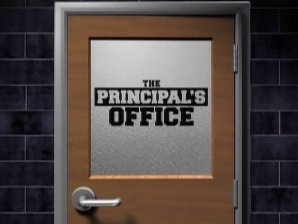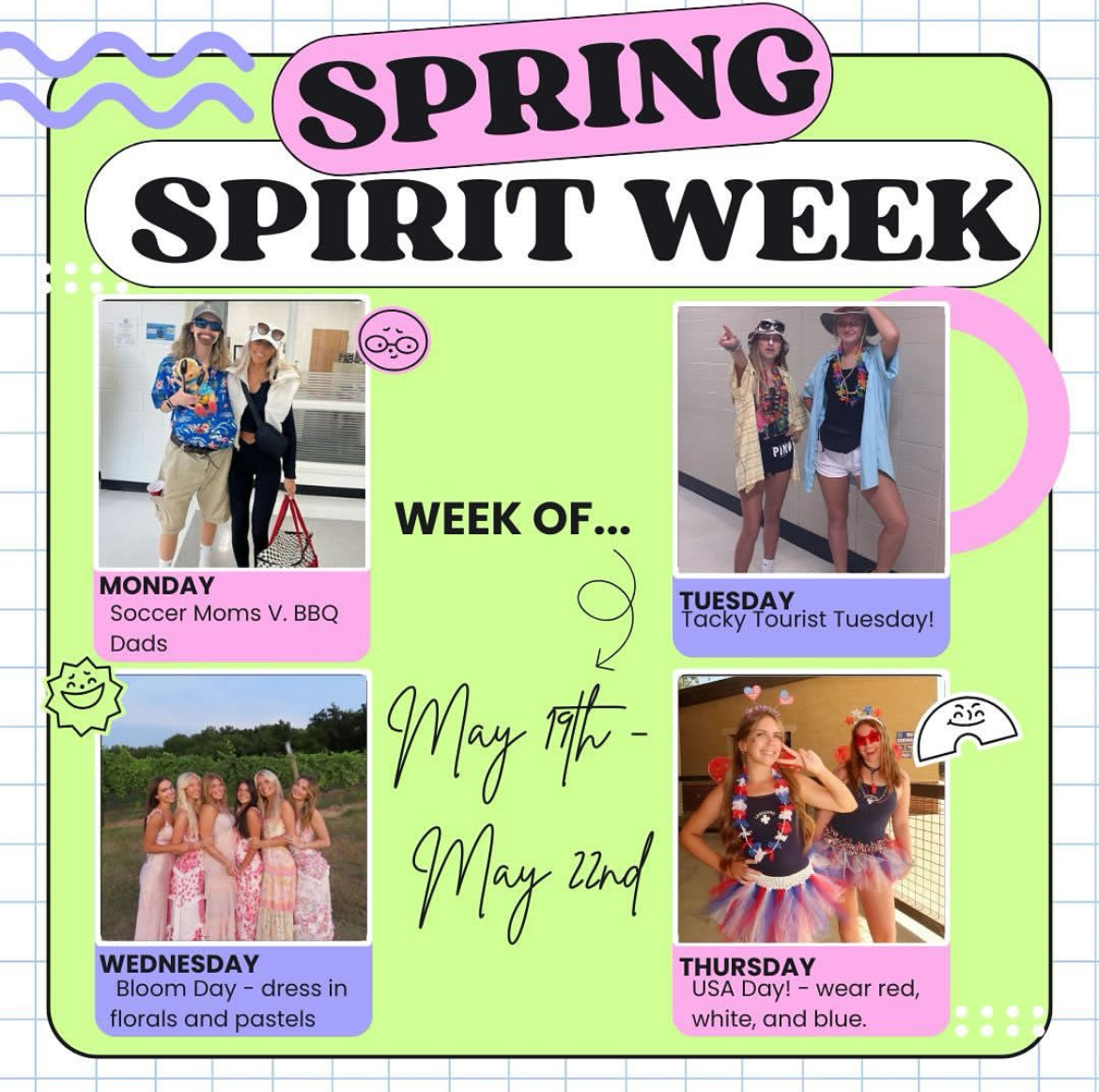DHS to implement block scheduling
Flex period to replace advisory
Casey Bock, math teacher, watches over his freshman class while in block scheduling.
December 21, 2017
A change from the state’s requirement of 21 credits to 25 credits to graduate from high school will result in DHS next year implementing block scheduling for all grades.
This comes after DHS transitioned freshmen to block scheduling in the 2011-2012 school year with the creation of the Freshman Academy.
While many of the details are still being worked out, such as the time of the blocks (anywhere from 70 to 80 minutes), Principal Dan Donovan asserts the entire school next year will follow a block schedule.
Donovan attributes the adoption of block scheduling for all grades to the change in the state’s high school requirements.
He said besides the new state requirements, DHS’s own experience with the Freshman Academy shows that learning improves with block scheduling.
The school piloted block scheduling years ago, scheduling half of the freshmen in blocks while the other half were in regular classes of 45 minute periods. The results showed that the students in block scheduling did better academically and had fewer discipline issues.
Donovan foresees issues with current scheduling and meeting the new credit requirements due to the fact that students could fail one class and be held back because they didn’t have the opportunity to get another credit or make up the class.
Block scheduling will give students the opportunity to take more classes because they won’t have a lab period. Additionally, lunches are expected to be in 20-30 minutes waves, which will give students the opportunity for a full schedule without skipping lunch. He also plans on limiting the number of study halls.
Donovan said one of the benefits to block scheduling is a more in-depth learning experience for students. Christine Riter, social studies teacher, echoes the sentiment, as she, “likes the idea of a longer block of time to do different activities in class. Students can research, do projects and work collaboratively.”
Brian Turner, culinary arts teacher, currently has one double-period class. He used an example of how block scheduling would be useful in his classes. “They (students) can come in and I can do a 15-minute demo and then I can have the 22 members of the class each do that menu item, clean up and reflect on it.”
Currently, Turner demos the item one day with a few students and then the next day has the whole class do the menu item and clean up. Presently, he doesn’t have time for the students to write a reflection.
Some students, however, don’t like the idea because they say it’s difficult to sit in the same class for that long. Junior Isaac Roper said, “I hate [block scheduling] because it’s only going to bore students,” adding that he, “hated it freshman year.”
Alexandra Cos, freshman, says that the longer periods negatively affect the student’s learning. “You have to sit in one spot for too long and a lot of kids get fidgety,” she said, “because the periods are too long, and it gets distracting.”
Donovan addresses this issue by stating, “Teachers cannot lecture for 90 minutes.” Teachers will have to do various activities and assignments to ensure student engagement for the whole period. Erin Smith, junior, suggested that teachers, “have an active lesson plan and have multiple activities to keep it engaging.’
Another benefit of a block schedule, Donovan said, is the fact that students won’t have to do homework every night for every class..
However, Smith disagreed, saying, “I guess not having every class every day is supposed to limit (homework) but teachers are just going to assign more because you have more time to do it.”
There are also drawbacks that will emerge from the implementation of block scheduling.
Riter acknowledged the fact that student absences were going to become a bigger deal saying, “If students miss a day, they are going to miss so much more content.”
Many students have also expressed their anger over potentially not being able to leave early or come in late their senior year. Donovan, however, ensures they will still be able to leave early, but, it will change on a day-to-day basis depending on their schedule.
Another consequence is the lost time that will occur in all classes, particularly in AP science classes, which will lose their twice- or thrice-weekly labs.
In terms of regular classes, Donovan said, “The actual time is less but you get 20 percent more [quality] time.” This is due to the more in-depth teaching and the elimination of time it takes getting settled in each period.
The AP science classes will lose the most time. For example, AP Biology will lose at least 90 minutes a week, and likely more, depending on final administrative decisions.
AP Biology teacher Nicole Gurney says, “I’m not opposed to block scheduling, I think my only issue is, as an AP teacher, depending upon on how long the blocks are, I may not have enough time to do a lab in one block.”
“Students are going to have to do more at home to make up for what we are missing in class,” Gurney said.
Smith, an AP biology student, added, “The AP science classes losing lab time will be a detriment to AP students.”
There may be a way to make up for that lost time; however, the details have yet to be determined. In addition to block scheduling, DHS is planning on eliminating advisory and replacing it with a flex period.
Donovan explains that, “The way advisory was designed was an awesome thing, but it’s lost its traction. We are looking for a program where school shuts down for approximately 35 minutes and allows everyone to go to see other teachers.”
The present idea of the flex period would be that a student would sign up in their Monday “home” flex period for where they were going to go the rest of the week. It has not been determined how many days the flex period will occur. This time will also be able to be used to host club meetings, allow students to get extra help from a teacher, allow extra teaching time and enable students to make up work.
This would limit the need for students to stay after school for extra help, make-up work and club activities, as well as, potentially make up time for incurred losses in AP classes.
Gurney said she wasn’t exactly sure what the standards would be during the flex time, asking, “Can I make them come, and does the kid that has an A average need to come, or is it going to turn into supplemental instruction for kids who are struggling. What are the expectations for flex?’
However, she also added that she is intrigued on when the period will take place. “It depends what time of day it’s going to be, because that could get rid of the issues with the lack of timing in my AP class. If there is a flex period and then I have AP on days we are doing a lab, I could say we are going to use the flex period and do a lab”.
Riter is planning on using the time for AP prep closer to the exam. She also says this will benefit the students because, “It gives students the opportunity to focus on what they need to improve and their academics.”
Cos is in favor of this flex period because she says, “I haven’t met one person who likes advisory.”
Smith is concerned that this could cause interferences between two different places, “I think it’s just going to create conflicts with students who have more than one thing they need to do during that period. Maybe you have a club meeting, but also need help with your homework. You can’t do both.”
Turner said he believes this time of small instruction will have a large impact on students.
“I think we are going to be able to make an impact with more kids on a broader scale,” he said. “Overall, I think students, parents, and teachers need to look at the options, benefits and disadvantages before they say anything or complain.”
Editors Note: Naomi Thomas contributed to this report.




















